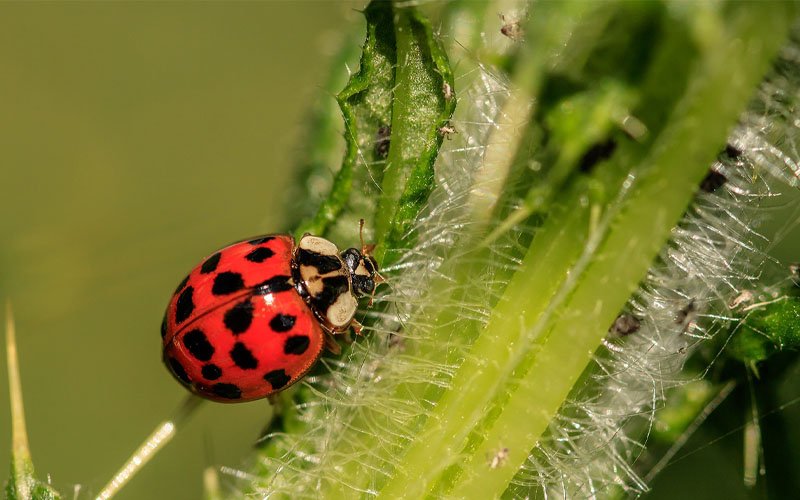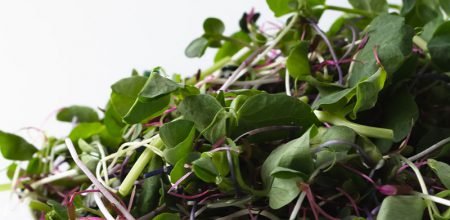 How to Attract Good Insects to Your Vegetable Garden
How to Attract Good Insects to Your Vegetable Garden
Some newer gardeners panic at the site of any insect, naturally assuming all will be destructive to their food garden. But actually, many insects can provide protection for your garden from the invasive and destructive varieties.
First, you’ll want to learn which insects can be beneficial to your food garden and then plan what you can grow or do to attract those insects into your gardening space. This is a much better plan that spraying harmful pesticides onto your food plants.
Many good insects are the ones who will be pollinating your garden, allowing your plants to provide you with a bountiful harvest. If you don’t have natural pollinators, you’ll be forced to do it by hand, which, depending on the size of your garden, can be a grueling and long process.
The pollinators you’ll want to attract include things you would normally view as pollinators, like bees and butterflies. But did you know there are many other insects that can pollinate your garden?
Those include flies, moths, wasps and even ants and beetles, although sometimes you’ll want to repel those from your garden, too. Sometimes a pollinator can also be a pest, such as beetles that might munch on the leaves of your food plants.
While you might view something like flies as an annoying pest, some – like the hoverfly – like to pollinate flowers and when they lay eggs, the larvae feed on invasive pests who try to destroy your garden.
Other insects prey on things that eat and destroy your plants. Ladybugs are great for a food garden because they eat the aphids, which feed on your plant’s stems, fruit and flower buds.
If you ever see a praying mantis in your garden, leave it alone! It’s going to keep any grasshoppers out of your garden, because they will eat the crops. However, praying mantis appetites are broad, so they might also consume other helpful insects.
Spiders, as creepy as we find them, help control the pests in your garden. So you might want to let them be if you find them hanging around searching for insects they can eat. Your next step is to attract the beneficial insects.
Some, you can buy in bulk and release them into your garden – such as ladybugs. But others, you can plants things to attract. You may not want them directly mixed in with your food plants in some cases, but strategically nearby.
Think of bright, flowering plants like daisies and anything that blooms such as carrots, goldenrod, and even mint and fennel. There are many herbs and flowers you can plant to attract the pollinators and pest controllers.






Remember to Celebrate “World Bee Day”
https://inspirationalgraphics.com/be-a-worthy-worker/